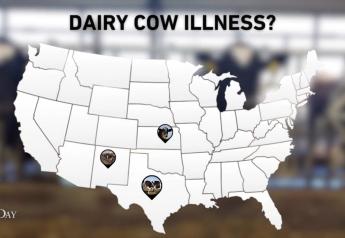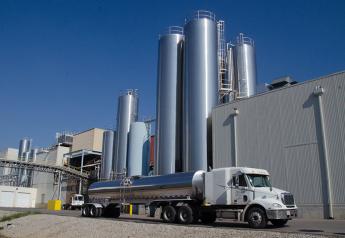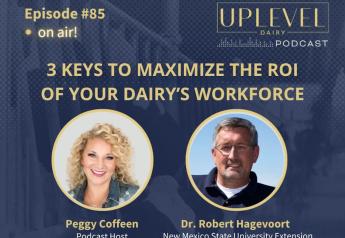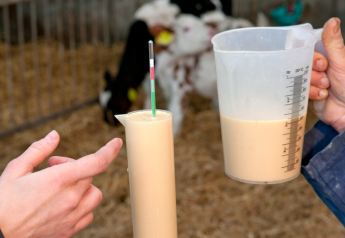Manure Matters: Team Compares Book Values to Sample Data

All manure is not the same. It can be quite variable, making it a challenge to match plant nutrient needs to the amount of nutrients available in the manure.
A group of researchers is taking another look at manure nutrient “book values.” These book values are nutrient averages used for developing manure management plans, designing manure storages, creating best management practices for manure land application and agricultural modeling, according to these researchers in the University of Minnesota Swine News.
“A range of nutrient values can be expected from typical manure storages and encourage farmers to test their manure often. However, current book values are several decades old and may not reflect current production practices. Different animal diets, genetics, housing, and manure storage and handling practices can impact these manure nutrient values,” explains co-authors Nancy Bohl Bormann, Graduate research assistant; Melissa Wilson, Extension manure management specialist; and Erin Cortus, Extension engineer.
ManureDB
The team is working with the Minnesota Supercomputing Institute to develop a manure nutrient database called ManureDB to create more accurate manure nutrient book values. To prepare for this project, the team partnered with three Midwest U.S. laboratories to share data from approximately the last 10 years. Manure sample results were compared to the estimated manure nutrient book values in Manure Characteristics published in 2004 by Midwest Plan Service (MWPS).
“We compared the nutrient averages of beef, dairy, poultry, and swine manure in both the liquid and solid forms. These are fairly generic comparisons as we did not have any details on animal housing, manure storages, or animal age. We converted the lab results and book values into pounds of nutrient per ton for solid manure and pounds of nutrient per 1,000 gallons of liquid manure,” the researchers said. “We used the median value for total nitrogen (N), ammonium-nitrogen (NH4-N), phosphorus (P2O5), and potassium (K2O) to look at the major nutrients needed for crop production.”
Some of their results differed from the MWPS published book values as shown in Tables 1 and 2. Without knowing swine age or manure storage systems, they explained that it was difficult to determine nutrient level changes for swine liquid manure. For liquid dairy manure samples, they found a decreasing trend over time for total N and P2O5 and an increasing trend in NH4-N. For liquid beef manure samples, the researchers saw an increasing trend for total N, NH4-N, and P2O5. For liquid poultry manure samples, they noticed an increasing trend for NH4-N and K2O and a decreasing trend for P2O5.
For solid swine, dairy and beef manure samples, the team found an increasing trend for total N, P2O5 and K2O. For solid poultry manure samples, they found an increasing trend for total N and K2O.
Why Does It Matter?
More details about the manure samples will make comparisons even more helpful, the researchers said. Science has proven that animal age, nutrition, housing and manure storage and handling can impact manure nutrient levels.
Construction of the ManureDB website is in progress and the team is contacting laboratories and working on data-sharing agreements. They are most interested in the manure data and region that it comes from. The program has mechanisms in place so labs will not need to share customer-identifying information. Learn more by emailing manure@umn.edu.
More from Farm Journal's PORK:
Tech Makes Hog Manure Odorless, New Profit Center For Farmers







